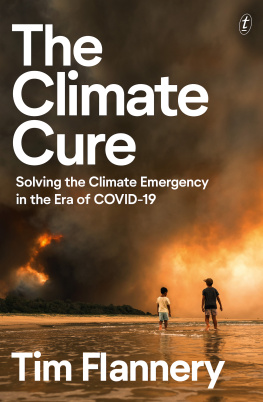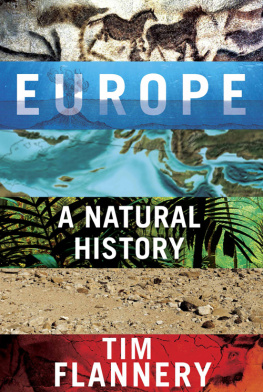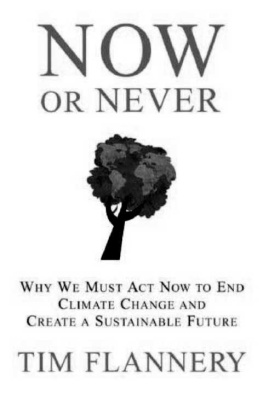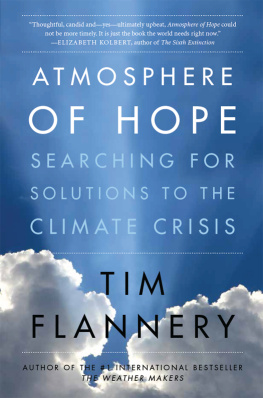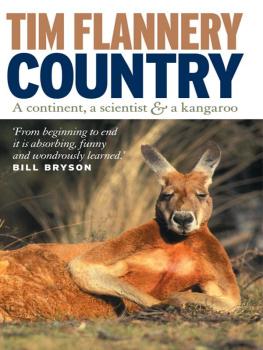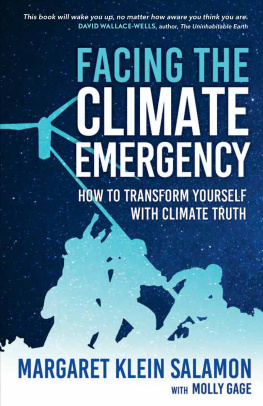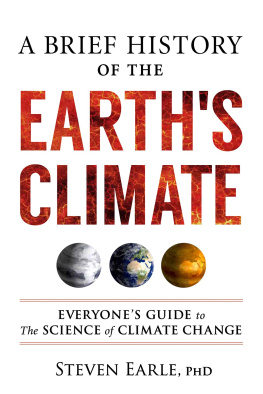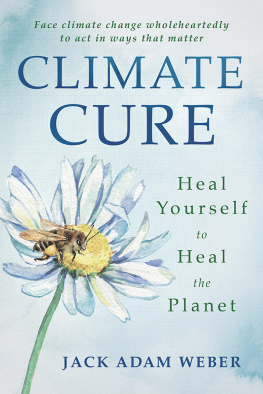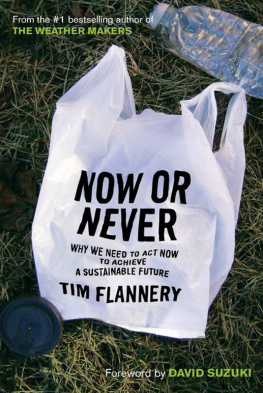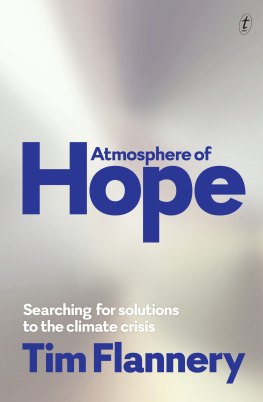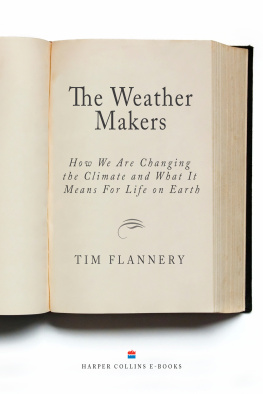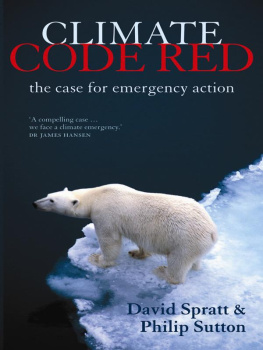Tim Flannery - The Climate Cure: Solving the Climate Emergency in the Era of COVID-19
Here you can read online Tim Flannery - The Climate Cure: Solving the Climate Emergency in the Era of COVID-19 full text of the book (entire story) in english for free. Download pdf and epub, get meaning, cover and reviews about this ebook. year: 2020, publisher: The Text Publishing Company, genre: Politics. Description of the work, (preface) as well as reviews are available. Best literature library LitArk.com created for fans of good reading and offers a wide selection of genres:
Romance novel
Science fiction
Adventure
Detective
Science
History
Home and family
Prose
Art
Politics
Computer
Non-fiction
Religion
Business
Children
Humor
Choose a favorite category and find really read worthwhile books. Enjoy immersion in the world of imagination, feel the emotions of the characters or learn something new for yourself, make an fascinating discovery.
- Book:The Climate Cure: Solving the Climate Emergency in the Era of COVID-19
- Author:
- Publisher:The Text Publishing Company
- Genre:
- Year:2020
- Rating:5 / 5
- Favourites:Add to favourites
- Your mark:
- 100
- 1
- 2
- 3
- 4
- 5
The Climate Cure: Solving the Climate Emergency in the Era of COVID-19: summary, description and annotation
We offer to read an annotation, description, summary or preface (depends on what the author of the book "The Climate Cure: Solving the Climate Emergency in the Era of COVID-19" wrote himself). If you haven't found the necessary information about the book — write in the comments, we will try to find it.
The Climate Cure: Solving the Climate Emergency in the Era of COVID-19 — read online for free the complete book (whole text) full work
Below is the text of the book, divided by pages. System saving the place of the last page read, allows you to conveniently read the book "The Climate Cure: Solving the Climate Emergency in the Era of COVID-19" online for free, without having to search again every time where you left off. Put a bookmark, and you can go to the page where you finished reading at any time.
Font size:
Interval:
Bookmark:


Emergencies test governments, organisations and individuals. Although Australias prompt, science-led response to COVID-19 has not been perfect, it has saved tens of thousands of lives. But for decades, governments have ignored, ridiculed or understated the advice of scientists on the climate emergency.
Now, in the wake of the megafires of 2020, a time of reckoning has arrived. In The Climate Cure renowned climate scientist Tim Flannery takes aim at those responsible for the campaign of obfuscation and denial that has already cost so many Australian lives and held back action on climate change.
Flannery demands a new approach, based on the nations response to COVID-19, that will lead to effective government policies. The Climate Cure is an action plan for our future. We face a fork in the road, and must decide now between catastrophe and survival.
AS I write, humanity stands at a fork in the road. Unless we act decisively to phase out the use of fossil fuels, global temperatures will exceed a 2C-rise above the pre-industrial level in a few decades, and we will risk committing every living human to climatic shocks and catastrophes that will destroy our civilisation and precipitate mass extinctions.
I do not want this essay to be an obituary. But if that is not to be, we must take the road leading to self-preservation. Climatic catastrophes are already being felt and the threat will only increase in coming years. By 2030 the average increase in global temperatures will reach 1.5C, and Earths climate system is likely to begin to unravel. If we fail to act, dramatic destabilisation will be felt when the temperature rise breaches 2C, sometime before 2050. Despair is not an option. Nor is selfish complacency. Instead, this is the moment to ask what you will do.
As a nation facing enormous, irreparable damage from an increasingly hostile climate, Australia is failing its people and biodiversity miserably. We are the worlds largest exporter of coal and gas, and per capita one of the worst polluters on the planet. The early signs are that Australia will continue to fail. As I write, the Federal Government sees no urgency to reduce emissions, and the minister for energy and emissions reduction, Angus Taylor, has called for a gas-fired recovery from the economic impacts of the COVID-19 pandemic. He is echoed by the National COVID-19 Commission Advisory Board head Neville Power, a long-term mining industry executive who is talking up the role that expanding gas production can play in the economic recovery. Scientists and, increasingly, ordinary citizens know that this cannot be. If the Federal Government wishes to keep Australians safe, the gas and coal must stay in the ground. We have almost no time to avoid the ultimate failure, and much to change. This declaration is a last call for rational action to protect ourselves and our children from climatic catastrophe. Fail now, and we will fail forever.
A recent research paper published in the worlds leading science journal, Nature, documents just how imminent the danger we face is, noting that several tipping points appear to be dangerously close. Earths tipping points involve aspects of the planetary system that, once crossed, will result in a new, hostile climate. The foremost concern of the researchers is the tipping point that will be triggered if Earths ice sheets collapse. They write that the glaciers of the Amundsen Sea embayment in West Antarctica might already have passed a tipping point, and when they collapse, the rest of the West Antarctic ice sheet will follow like toppling dominoes, leading to three metres of sea-level rise. This, the researchers point out, has happened many times in the deep past. The Greenland ice sheet, they say, could soon follow, adding seven metres to sea-level rise. Its tipping point could lie at a temperature as low as 1.5C above the pre-industrial average, which on current trends will be reached in around ten years time.
Studies of the collapse of ice sheets at the end of the ice age around 10,00015,000 years ago, reveal just how fast seas can rise as glaciers collapse. In the 1200 years between 14,700 and 13,500 years ago, the collapse of the Eurasian ice sheet led to the oceans rising twenty-five metres. At times, the seas were rising at the rate of four centimetres per yearmore than ten times the rate experienced today. The impact of such rates of sea-level rise on coastal cities would be catastrophic.
The climate models reveal that other tipping points lie between temperature rises of 1.5C and 2C, and will lead to events including die-off of the boreal and Amazon forests, destruction of coral reefs and melting of the permafrost. The coral reefs offer a particularly clear example, with 99% loss of global reefs occurring at a temperature rise of 2C. Just where the tipping points lie for tundra and Amazon forest destruction, ocean circulation and the melting of the permafrost is unclear. But all are showing signs of instability at current warming, and scientists fear that their tipping points are below a rise of 2C.
The study authors write that: In our view, the clearest emergency would be if we were approaching a global cascade of tipping points that led to a new, less habitable, hothouse climate state. Interactions could happen through ocean and atmospheric circulation or through feedbacks that increase greenhouse-gas levels and global temperature. They conclude that warming must be limited to 1.5 C. This requires an emergency response.
The 26th Global Climate Meeting (COP 26), to be held in Glasgow in late 2021, will be our last chance as a global community to act effectively. The Glasgow climate summit was originally scheduled for December 2020, but the COVID-19 pandemic made that impossible. The rescheduling, resulting in a years delay, underlines the strained and difficult circumstances the world finds itself in as we struggle with the existential threat of a looming climatic catastrophe. If there is a silver lining at all, it is that the COVID-19 pandemic has brought renewed purpose to government. As we look back on the first few months of 2020, we can see the origins of a new way of doing things that, if allowed to unfold, may just see us take the path at that fork in the road that leads to survival.
~
The events of early 2020 illuminate the path. As Australias bushfire emergency reached its peak in January 2020, another emergency was escalating in China. A new respiratory diseasesoon to be known as COVID-19was spreading like wildfire in the city of Wuhan, Hubei Province. Australians heard the news that the number of cases there was doubling every few days, and that the disease had spread outside China. But few people had any idea of what was to come.
Australians and Chinese people had taken to wearing masks, but for very different reasonsAustralians because of potentially deadly smoke from the climate-induced megafires, and the Chinese because of the new respiratory disease. Things that travel invisibly in the Great Aerial Ocean, as Ive come to think of our atmosphere, represent a particular danger, because the atmosphere links us in the most intimate of ways.
Both carbon dioxide (CO2, the main greenhouse gas) and the COVID-19 virus travel in the Great Aerial Ocean, unseen, accumulating silently and stealthily. Silence and invisibility have allowed both the pandemic and the climate emergency to escalate into crises that threaten our civilisation. And this has occurred before their impacts were widely felt. In the early stages of both crises, confusion abounded. Doctors were unfamiliar with the COVID-19 virus, and climate sceptics denied the symptoms of the climate crisis. But by early 2020 the cloak of invisibility was being stripped from both the pandemic and the climate emergency. In Australia, the Black Summer megafires made climate change visible and manifest while, shortly after, outbreaks of COVID-19 in many nations did the same for the virus.
Font size:
Interval:
Bookmark:
Similar books «The Climate Cure: Solving the Climate Emergency in the Era of COVID-19»
Look at similar books to The Climate Cure: Solving the Climate Emergency in the Era of COVID-19. We have selected literature similar in name and meaning in the hope of providing readers with more options to find new, interesting, not yet read works.
Discussion, reviews of the book The Climate Cure: Solving the Climate Emergency in the Era of COVID-19 and just readers' own opinions. Leave your comments, write what you think about the work, its meaning or the main characters. Specify what exactly you liked and what you didn't like, and why you think so.

